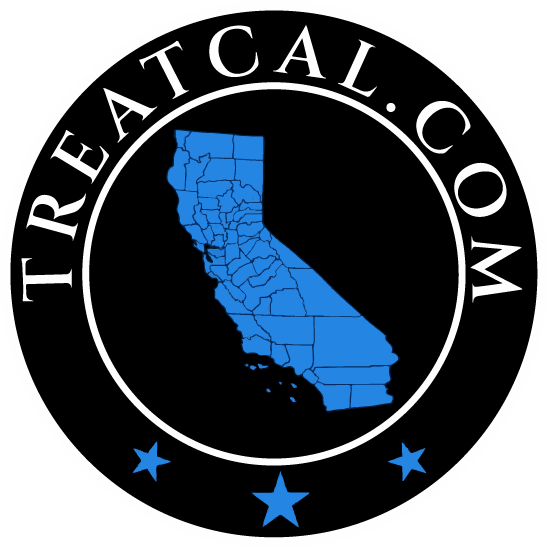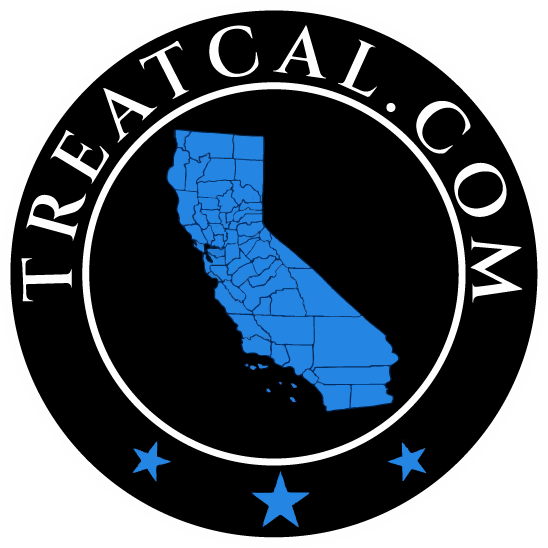In recent years, “California Sober” has emerged as a prominent term in the realm of addiction recovery.To begin our exploration of this subject lets start with a definition; “California Sober” refers to an approach, to recovery where individuals abstain from their primary addictive substance but may allow for moderate use of cannabis or other controlled substances.
The increasing popularity of California Sober is undeniable. It represents a shift in the way we view recovery focusing more on harm reduction and personalized strategies than abstinence. As more individuals consider this approach it becomes crucial to delve into the meaning and significance of “California Sober” for addiction recovery.
This blog post serves two purposes; Firstly we aim to provide an understanding of California Sober by examining its principles and potential benefits. Secondly we aim to empower our readers with the knowledge to make decisions about their own paths to recovery. Join us as we navigate through the concept of “California Sober” and its implications for those seeking routes towards healing.
The Basics of California Sober
Origin and history of the term: The term “California Sober” has its roots in the state’s progressive culture and openness to alternative recovery methods. While its exact origin is challenging to pinpoint, it gained prominence in the last decade as a response to the evolving landscape of addiction recovery.
What it means to be California Sober: Being California Sober entails refraining from one’s primary addictive substance while allowing for moderate and mindful use of others, typically cannabis. It emphasizes harm reduction, personalized recovery, and the importance of mental health and well-being.
Common misconceptions: One common misconception is that California Sober promotes unchecked substance use. In reality, it encourages responsible and controlled consumption, underlining the importance of balance in recovery. Understanding these basics is crucial as we delve deeper into the concept’s complexities and implications for addiction rehabilitation.
The Components of California Sober
Sobriety from One Substance: California Sober advocates abstaining from one’s primary addictive substance, recognizing it as a crucial step toward recovery. By eliminating this substance from their lives, individuals can regain control and establish a foundation for healing.
Cannabis and Harm Reduction: California Sober often involves the moderated use of cannabis as an alternative to more harmful substances. This approach prioritizes harm reduction, aiming to minimize risks while addressing underlying issues related to addiction.
Moderation as a Key Principle: Unlike traditional recovery models that emphasize abstinence, California Sober embraces moderation as a central tenet. It encourages individuals to consume substances mindfully and responsibly, striking a balance that works for their unique circumstances.
The Role of Mindfulness and Therapy: California Sober recognizes the importance of mental health. Mindfulness practices, along with therapy and counseling, play a significant role in promoting self-awareness, emotional well-being, and long-term recovery success.
Pros and Cons of California Sober
Benefits of California Sober:
- Reduced Harm and Risk: California Sober promotes harm reduction by steering individuals away from more dangerous substances and toward moderated consumption. This can significantly decrease the risk of overdoses and related health complications.
- Improved Mental Health: Emphasizing mental well-being, California Sober encourages therapy and mindfulness practices. This focus on emotional health can lead to reduced anxiety, depression, and overall improved mental wellness.
- Enhanced Social Life: For some, the rigid abstinence required by traditional recovery models can be isolating. California Sober offers the opportunity to maintain social connections and relationships, as it doesn’t mandate complete withdrawal from all substances.
Criticisms and Potential Drawbacks:
- Relapse Risk: Critics argue that allowing any substance use may increase the risk of relapse, especially for individuals with a history of addiction.
- Lack of Total Abstinence: Traditional recovery models endorse total abstinence, and some believe that California Sober falls short of this ideal.
- Varied Effectiveness: The effectiveness of California Sober varies among individuals, making it important for those considering this approach to carefully evaluate its suitability for their unique circumstances.
California Sober vs. Traditional Recovery
Contrasting California Sober with Traditional 12-Step Programs: California Sober diverges from conventional 12-step recovery methods, which emphasize complete abstinence. While 12-step programs have helped many, California Sober offers an alternative by allowing for moderated substance use, making it a more adaptable choice for some individuals.
The Role of Personalization in Recovery: A hallmark of California Sober is personalization. It recognizes that addiction journeys are unique, emphasizing tailored approaches that suit individual needs. This stands in contrast to the standardized approach of traditional recovery programs.
How to Decide if California Sober is Right for You
Consider Your Individual Circumstances; Take a moment to reflect on your situation when considering California Sober. Think about your history, with substance use, personal aspirations and mental health requirements. Evaluate whether incorporating moderate substance use aligns with your recovery goals.
Seek Professional Advice; It’s valuable to consult addiction specialists or therapists who can provide personalized insights based on your circumstances. They can assist you in weighing the advantages and disadvantages helping you determine if California Sober is an option for you.
Establish Realistic Expectations; Setting goals and expectations is essential. Understand that California Sober might not be suitable, for everyone and be ready to adapt your approach as necessary. Prioritize your long term well being while making this decision.
The Future of California Sober
Trends in Addiction Recovery: California Sober represents a noteworthy shift in addiction recovery trends. As more individuals seek personalized, harm-reduction-based approaches, it is likely to gain further recognition and integration within the broader recovery landscape.
Research and Ongoing Studies: Researchers are actively investigating the efficacy and safety of California Sober. Ongoing studies aim to provide data-driven insights into its outcomes, helping to refine and optimize this approach for individuals in recovery.
Potential Challenges and Adaptations: The future may bring challenges, such as addressing concerns around relapse risk and refining guidelines for responsible substance use within this model. California Sober’s evolution will depend on its ability to adapt and address these challenges while continuing to offer a viable alternative in addiction recovery.
Conclusion
In our exploration of “California Sober,” we’ve uncovered a recovery approach that allows for personalized, harm-reduction-based strategies. It offers a unique perspective on addiction recovery, emphasizing moderation, mental well-being, and individualized paths to healing. If you or someone you know is on the journey to recovery, it’s crucial to consider all available options. California Sober may resonate with some, but the path to recovery is highly individual. Seek professional guidance, reflect on personal goals, and make informed choices that align with your unique circumstances. The landscape of addiction recovery is evolving, with California Sober representing a notable shift toward more flexible and holistic approaches. As we move forward, it’s essential to remain open to innovation and continue supporting those in their pursuit of healthier, more fulfilling lives beyond addiction.


